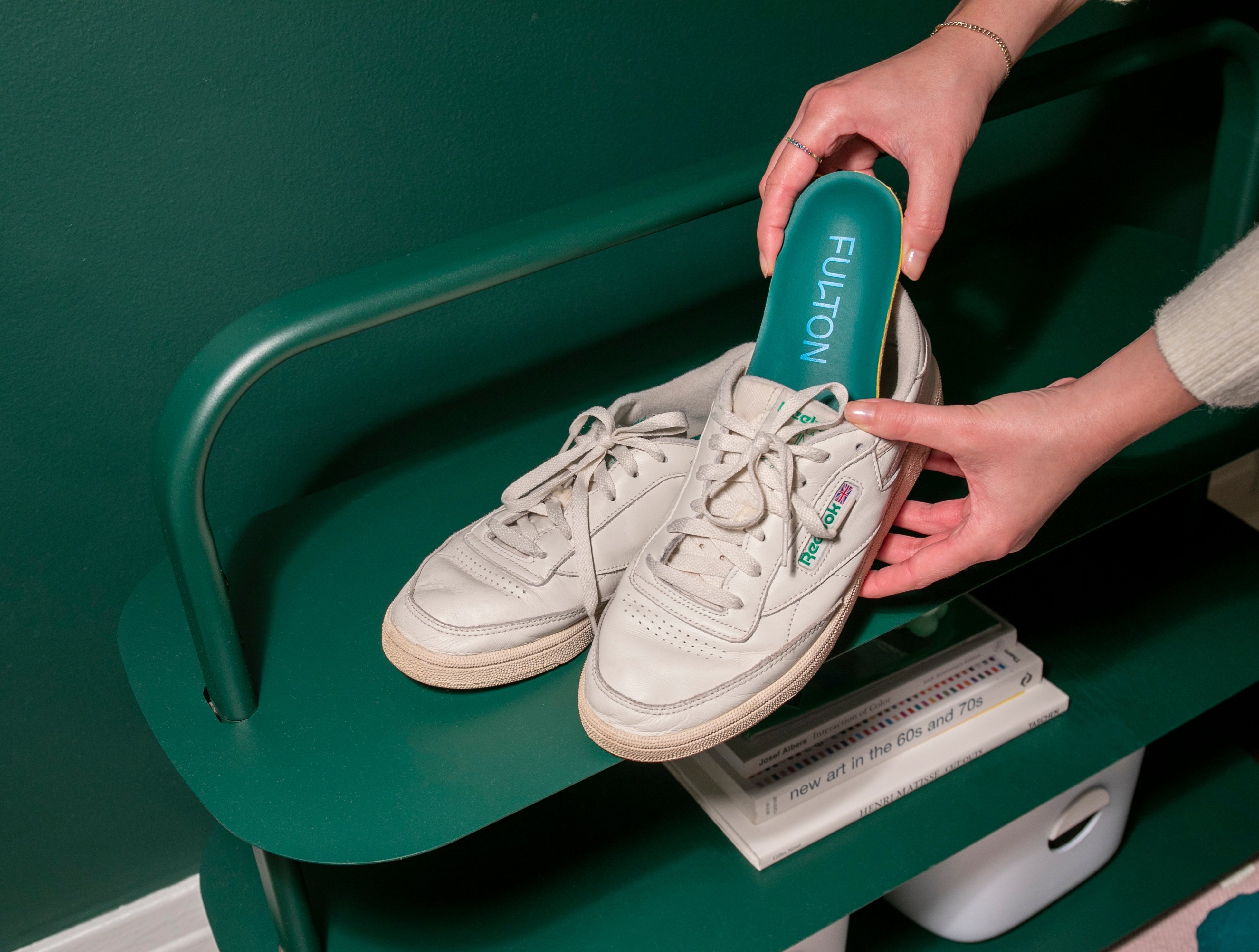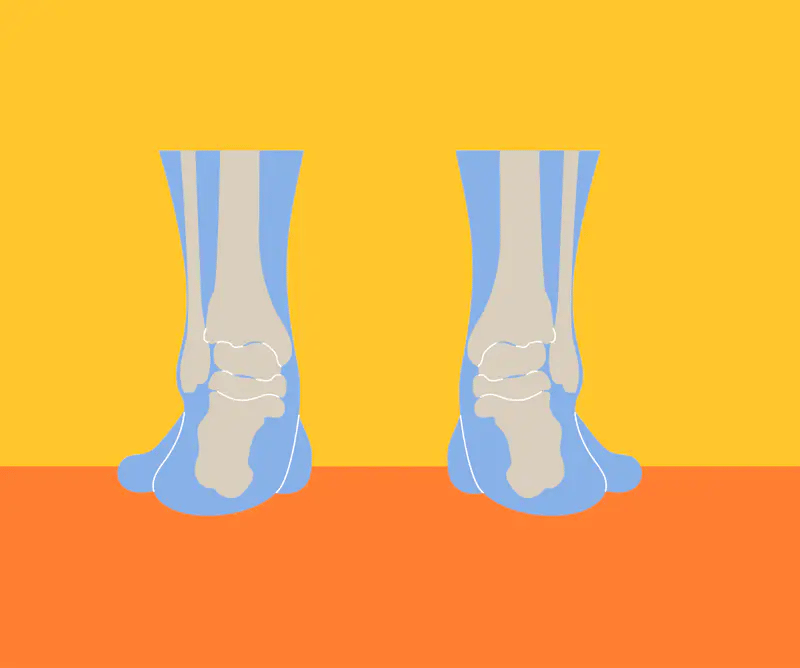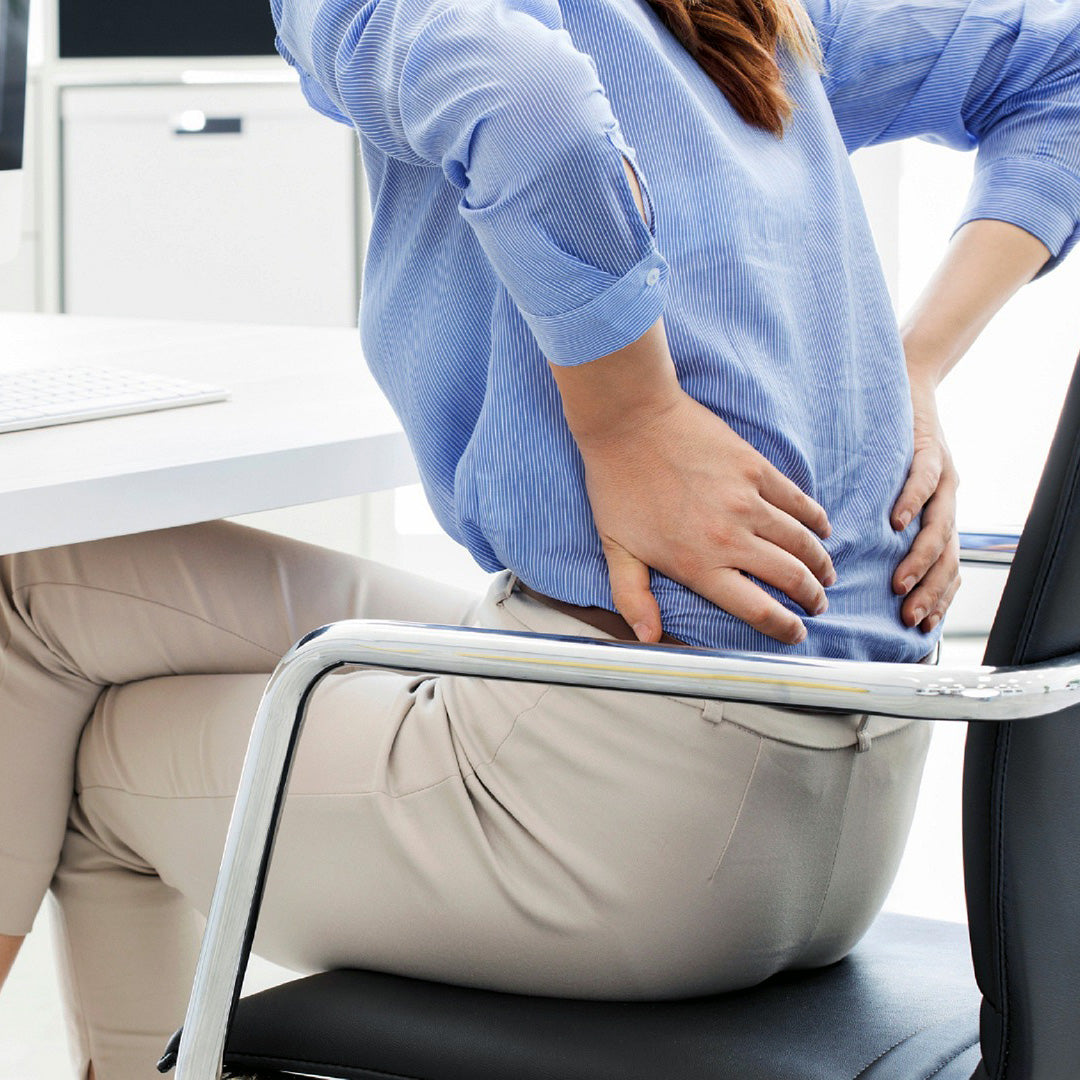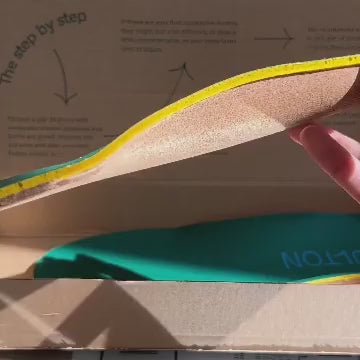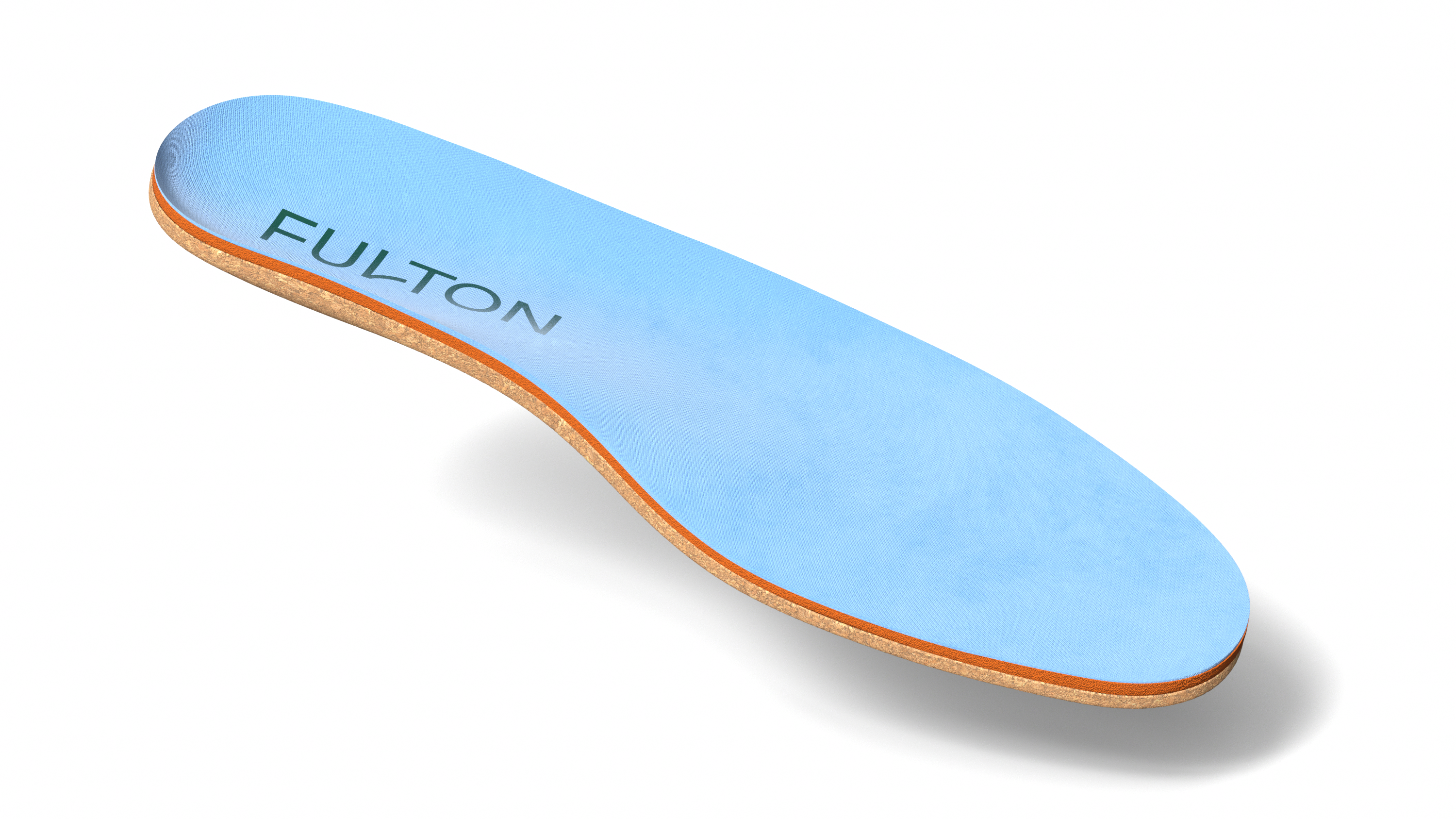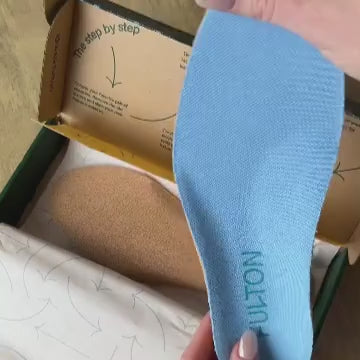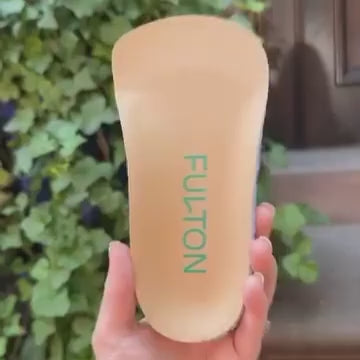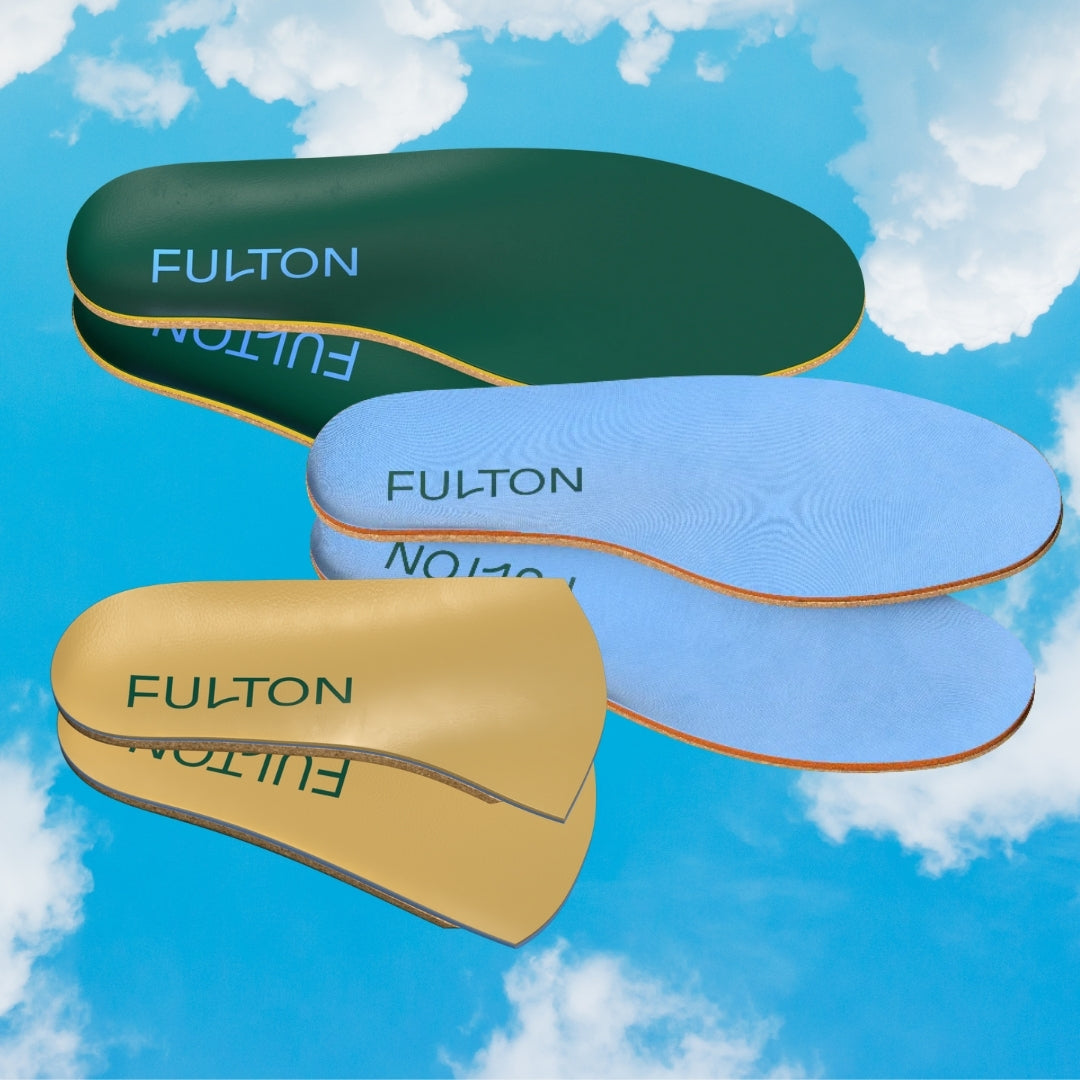Causes and Symptoms of Sciatica
"Sciatica" is an umbrella term that refers to general nerve pain rather than a specific illness. It occurs when one or more of the sciatic nerve's roots, located in the lower back, are pinched or compressed.
Various conditions can cause sciatica, including a herniated disk, spinal stenosis, osteoarthritis, injuries, pregnancy, tumors, or degenerative disk disease. Everyday habits and lifestyle factors, from your posture to your footwear, can also play a role. The good news? Some of these potential causes are within your control.
The sooner you identify the issue, the sooner you can address it. If you have sciatica, you might notice leg and sciatic foot pain as early signs. Here are some other possible symptoms to be aware of:
-
Radiating pain: Often described as a burning or electric-shock sensation, radiating pain typically travels down the leg. It may worsen when bending or lifting the leg, bending over, or even coughing or sneezing.
-
Paresthesia: This is the medical term for the tingling "pins and needles" sensation you feel if your leg falls asleep. In some cases, it may be accompanied by numbness in the limb.
-
Muscle weakness: In more serious cases, the muscles in the legs may feel weak. Usually, this means that the signals for muscle movement are having trouble reaching the back and legs.
-
Incontinence: Although not as common, such symptoms are possible with extreme cases of sciatica. As with muscle weakness, this is the result of signals not reaching the proper part of the body, in this case, the bladder or bowels.
One important thing to note: Sciatica itself is not a medical diagnosis; it’s a symptom of another issue. Only a healthcare professional can definitively diagnose the cause of your sciatica. A professional can conduct a physical exam to confirm that the sciatic nerve is playing a role in your symptoms and recommend additional diagnostic tools, like an MRI, if needed.
What You Can Do About Sciatic Foot Pain
Insoles for Sciatica
Depending on the cause of your sciatica, certain home remedies may help. Proper arch support can help stabilize your ankles to align your kinetic chain and promote good posture, minimizing the risk of pressure on or pinching of the sciatic nerve.
Fulton cork insoles support the arch, controlling the foot's motion and reducing excessive movement that could otherwise cause the leg to rotate and affect the lower back when walking. Moldable insoles can also help reduce the impact of walking and running on joints, so these activities don’t contribute to or activate nerve pain.
Other Home Remedies
If you're already experiencing sciatic nerve pain, there are steps you can take at home to get comfortable again. When sciatic pain starts, icing your lower back can reduce pain and swelling in the first few days. A cold compress can be as simple as a bag of frozen vegetables wrapped in a towel to protect your skin.
After a few days of using cold treatments, switch to a warm compress to alleviate any remaining discomfort. Over-the-counter medications, like nonsteroidal anti-inflammatory drugs (NSAIDs), can further minimize inflammation and pain.
It's also important to identify and avoid triggering activities. For example, excessive sitting or standing in place can exacerbate sciatica. Try to stay active and limit bedrest to promote a speedier recovery.
In the big picture, stretching can play a role in both alleviating existing and preventing additional pain. Learn stretching techniques for the lower back from a professional, like a physical therapist. This lower back therapy can be complemented with core-muscle-strengthening exercises to avoid further pressure on the spine.
If these home remedies aren’t enough to relieve sciatic pain, consult a healthcare professional. Together, you can come up with a care plan to eliminate your discomfort now—and prevent recurrences.
Arch support insoles can help sciatica when used as part of a holistic, comprehensive solution to back health. Try Fulton Classic Insoles for everyday wear and our Athletic Insoles for fitness and recreation. Shopping for more than one pair? Build a bundle that meets your unique foot care needs.


